Home>Furniture & Design>Bathroom Accessories>How Long Can I Use A Loofah
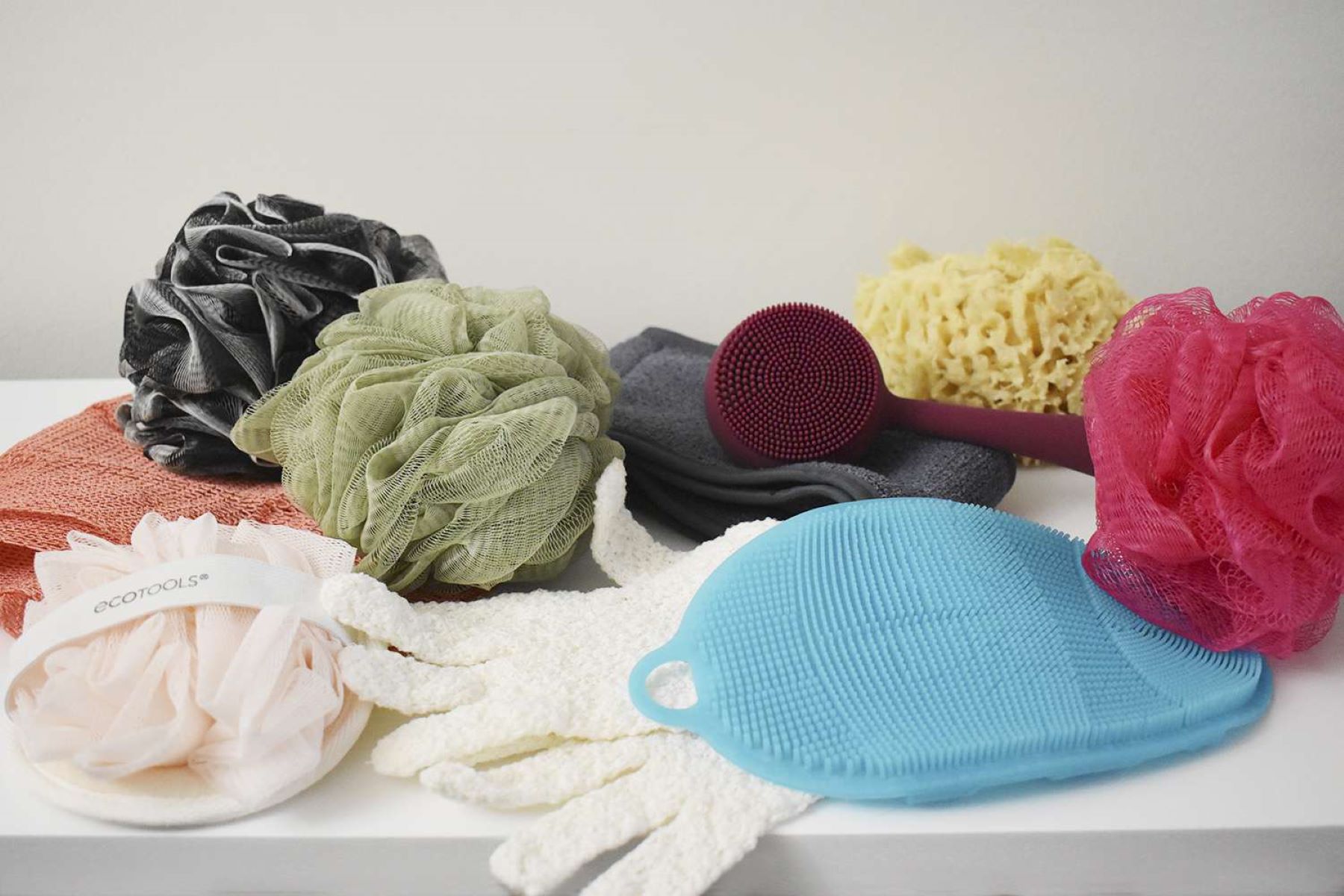

Bathroom Accessories
How Long Can I Use A Loofah
Modified: October 21, 2024
Discover the ideal lifespan of a loofah and how to maintain it for optimal use. Find out more about bathroom accessories and their longevity.
(Many of the links in this article redirect to a specific reviewed product. Your purchase of these products through affiliate links helps to generate commission for Storables.com, at no extra cost. Learn more)
Introduction
When it comes to maintaining personal hygiene, the shower is a sanctuary for many. It's a place where we can unwind, refresh, and cleanse away the stress of the day. To enhance this experience, many individuals turn to various bathroom accessories, such as loofahs, to elevate their daily cleansing routine. However, have you ever wondered how long you can use a loofah before it needs to be replaced? This article will delve into the lifespan of a loofah, signs that indicate it's time for a new one, and tips to extend its usability.
The loofah, also known as a luffa or sponge gourd, has been a staple in bathrooms for centuries. Its natural exfoliating properties and ability to create a luxurious lather have made it a popular choice for individuals seeking a thorough and invigorating cleanse. Whether you opt for a natural loofah made from the fibrous skeleton of the luffa plant or a synthetic version designed for durability, the question of how long a loofah can be used remains a common query among users.
As we explore the lifespan of a loofah, it's important to consider factors such as hygiene, exfoliation effectiveness, and overall condition. Understanding when to bid farewell to your trusty loofah and embrace a new one can significantly impact your skincare routine and overall well-being. So, let's embark on this journey to uncover the secrets of loofah longevity and discover the telltale signs that indicate it's time to part ways with your beloved shower companion.
Key Takeaways:
- Say goodbye to your loofah after 3-4 weeks of use to avoid bacteria and mold. Keep an eye out for discoloration, foul odors, fraying fibers, and mold growth as signs it’s time for a new one.
- Extend your loofah’s life by rinsing and drying it thoroughly, sanitizing regularly, and considering a synthetic loofah for enhanced durability. Rotate between multiple loofahs to minimize wear and tear.
Read more: How To Use A Loofah
What is a Loofah?
A loofah, also known as a luffa or sponge gourd, is a natural exfoliating tool that has been utilized for centuries to cleanse and invigorate the skin. It is derived from the fibrous skeleton of the luffa plant, a member of the cucumber family. The mature fruit of the luffa plant is harvested, and its outer skin and seeds are removed to reveal the fibrous network within, which forms the basis of the loofah.
The unique texture of the loofah makes it an ideal tool for exfoliation, as it effectively removes dead skin cells, dirt, and impurities, leaving the skin feeling smooth and rejuvenated. Whether in its natural form or as a synthetic version designed for enhanced durability, the loofah is renowned for its ability to create a rich lather when paired with soap or body wash, resulting in a luxurious and thorough cleansing experience.
Loofahs come in various shapes and sizes, catering to different preferences and needs. Some are designed as handheld pads, while others feature a convenient strap for easy handling in the shower. Additionally, there are long-handled loofahs that enable individuals to reach their back and other hard-to-reach areas with ease.
In recent years, synthetic loofahs have gained popularity due to their longer lifespan and resistance to mold and bacteria. These synthetic versions are often made from materials such as nylon or polyester, offering a durable and hygienic alternative to traditional natural loofahs.
The versatility of the loofah extends beyond exfoliation. It can also be used to stimulate circulation and promote lymphatic drainage when gently massaged over the skin. Furthermore, the exfoliating action of the loofah can help prevent ingrown hairs and improve the efficacy of moisturizers and lotions by allowing them to penetrate the skin more effectively.
In essence, the loofah is a multifaceted bathroom accessory that not only enhances the cleansing ritual but also contributes to overall skin health. Its natural or synthetic composition, coupled with its exfoliating prowess and lathering capabilities, makes it a beloved staple in many individuals' bathing routines.
How Long Should I Use a Loofah?
The lifespan of a loofah is influenced by various factors, including frequency of use, maintenance practices, and the type of loofah in question. As a general guideline, natural loofahs made from the fibrous skeleton of the luffa plant typically have a shorter lifespan compared to their synthetic counterparts. However, regardless of the material, it is essential to monitor the condition of your loofah to ensure optimal hygiene and effectiveness.
On average, a natural loofah can be used for approximately three to four weeks before signs of wear and tear become noticeable. The organic composition of natural loofahs makes them more susceptible to deterioration, especially in moist environments such as the shower. As the fibers break down over time, the exfoliating efficacy of the loofah may diminish, and the risk of harboring bacteria and mold increases.
In contrast, synthetic loofahs are designed for enhanced durability and resistance to moisture-related degradation. With proper care and maintenance, a high-quality synthetic loofah can last for several months before requiring replacement. Regularly inspecting the condition of your loofah can help you determine when it's time to retire the current one and introduce a new loofah into your bathing routine.
It's important to note that the frequency of use also plays a significant role in determining the lifespan of a loofah. Individuals who use their loofah daily may need to replace it more frequently than those who use it on a less frequent basis. Additionally, the intensity of use, such as vigorous scrubbing, can accelerate the wear and tear of the loofah.
Ultimately, the decision to replace a loofah should be based on its condition and performance. If you notice signs of discoloration, foul odors, fraying fibers, or mold growth, it's time to bid farewell to your current loofah and welcome a fresh one into your shower routine. By being mindful of the lifespan of your loofah and recognizing the indicators of wear, you can ensure that your skin receives the full benefits of exfoliation and cleansing during each shower.
In the next section, we will explore the telltale signs that indicate your loofah needs to be replaced, providing valuable insights to help you make informed decisions about the maintenance of your bathing accessories.
Replace your loofah every 3-4 weeks to prevent bacteria buildup and maintain effectiveness. Wash it regularly and allow it to dry completely between uses to prolong its lifespan.
Signs that Your Loofah Needs to be Replaced
Recognizing the signs that indicate your loofah is due for replacement is essential for maintaining optimal hygiene and skincare efficacy. By staying attuned to these indicators, you can ensure that your bathing routine continues to provide a refreshing and invigorating experience. Here are the key signs that signal it's time to bid farewell to your current loofah and introduce a new one into your cleansing ritual:
-
Discoloration: Over time, loofahs can accumulate discoloration due to the buildup of dead skin cells, soap residue, and other impurities. This discoloration may manifest as a yellowish or brownish tint on the surface of the loofah. Not only does this affect the aesthetic appeal of the loofah, but it also indicates a potential breeding ground for bacteria and mold. If you notice significant discoloration that persists despite thorough cleaning, it's a clear indication that your loofah has reached the end of its lifespan.
-
Foul Odors: A lingering unpleasant odor emanating from your loofah is a red flag that it may be harboring bacteria and mildew. Despite regular rinsing and drying, loofahs can trap moisture and organic matter, creating an environment conducive to bacterial growth. If your loofah emits a musty or sour smell, even after washing, it's time to retire it and embrace a fresh, odor-free replacement.
-
Fraying Fibers: As a loofah nears the end of its usability, the fibers may begin to fray and lose their structural integrity. This can result in a diminished exfoliating effect and an increased risk of the fibers detaching from the main body of the loofah. If you observe significant fraying or unraveling of the fibers, it's a clear indication that your loofah is no longer delivering the desired exfoliation and should be replaced promptly.
-
Mold Growth: One of the most concerning signs that your loofah needs replacement is the presence of mold. Mold can thrive in the moist and porous environment of a loofah, posing potential health risks when it comes into contact with the skin. If you notice black or greenish spots on your loofah, it's imperative to discard it immediately and switch to a new, mold-free alternative to safeguard your skin's well-being.
By remaining vigilant for these telltale signs, you can proactively address the condition of your loofah and make informed decisions regarding its replacement. Prioritizing the hygiene and effectiveness of your bathing accessories ensures that your skincare routine remains a rejuvenating and beneficial experience, free from the concerns associated with a worn-out or compromised loofah.
Tips for Extending the Lifespan of Your Loofah
Maintaining the longevity of your loofah involves proactive care and mindful practices that can significantly prolong its usability while upholding optimal hygiene standards. By implementing the following tips, you can ensure that your loofah remains a reliable and effective tool for exfoliation and cleansing, enhancing your overall bathing experience.
-
Thoroughly Rinse and Squeeze: After each use, thoroughly rinse your loofah under running water to remove any residual soap, body wash, and dead skin cells. Squeeze the loofah repeatedly to expel excess water and prevent moisture buildup, which can contribute to bacterial growth and premature deterioration.
-
Allow for Complete Drying: Proper drying is crucial for preventing mold and mildew formation. Hang your loofah in a well-ventilated area, away from direct moisture and humidity. Consider using a hook or suction cup to ensure adequate airflow around the entire loofah, facilitating prompt drying between uses.
-
Regular Sanitization: To combat bacteria and maintain hygiene, sanitize your loofah regularly. You can achieve this by soaking the loofah in a solution of water and white vinegar or hydrogen peroxide for a few minutes. Alternatively, microwaving a damp loofah for a short duration can help eliminate bacteria. Be sure to allow the loofah to dry completely after sanitization.
-
Alternate Loofahs: Using multiple loofahs in rotation can reduce wear and tear on individual loofahs, extending their collective lifespan. By allowing each loofah to dry thoroughly between uses, you minimize the risk of moisture-related degradation and bacterial proliferation.
-
Trim Loose Fibers: Periodically inspect your loofah for any loose or frayed fibers. Gently trim these fibers with scissors to prevent them from unraveling further, preserving the structural integrity of the loofah and maintaining its exfoliating effectiveness.
-
Opt for Synthetic Loofahs: Consider opting for synthetic loofahs, which are designed for enhanced durability and resistance to mold and bacteria. Synthetic materials such as nylon or polyester offer prolonged usability and are less susceptible to moisture-related degradation compared to natural loofahs.
By incorporating these proactive measures into your loofah care routine, you can maximize its lifespan and ensure that it continues to deliver an invigorating and effective cleansing experience. Prioritizing the maintenance and hygiene of your loofah not only extends its usability but also contributes to the overall health and well-being of your skin.
Frequently Asked Questions about How Long Can I Use A Loofah
Was this page helpful?
At Storables.com, we guarantee accurate and reliable information. Our content, validated by Expert Board Contributors, is crafted following stringent Editorial Policies. We're committed to providing you with well-researched, expert-backed insights for all your informational needs.
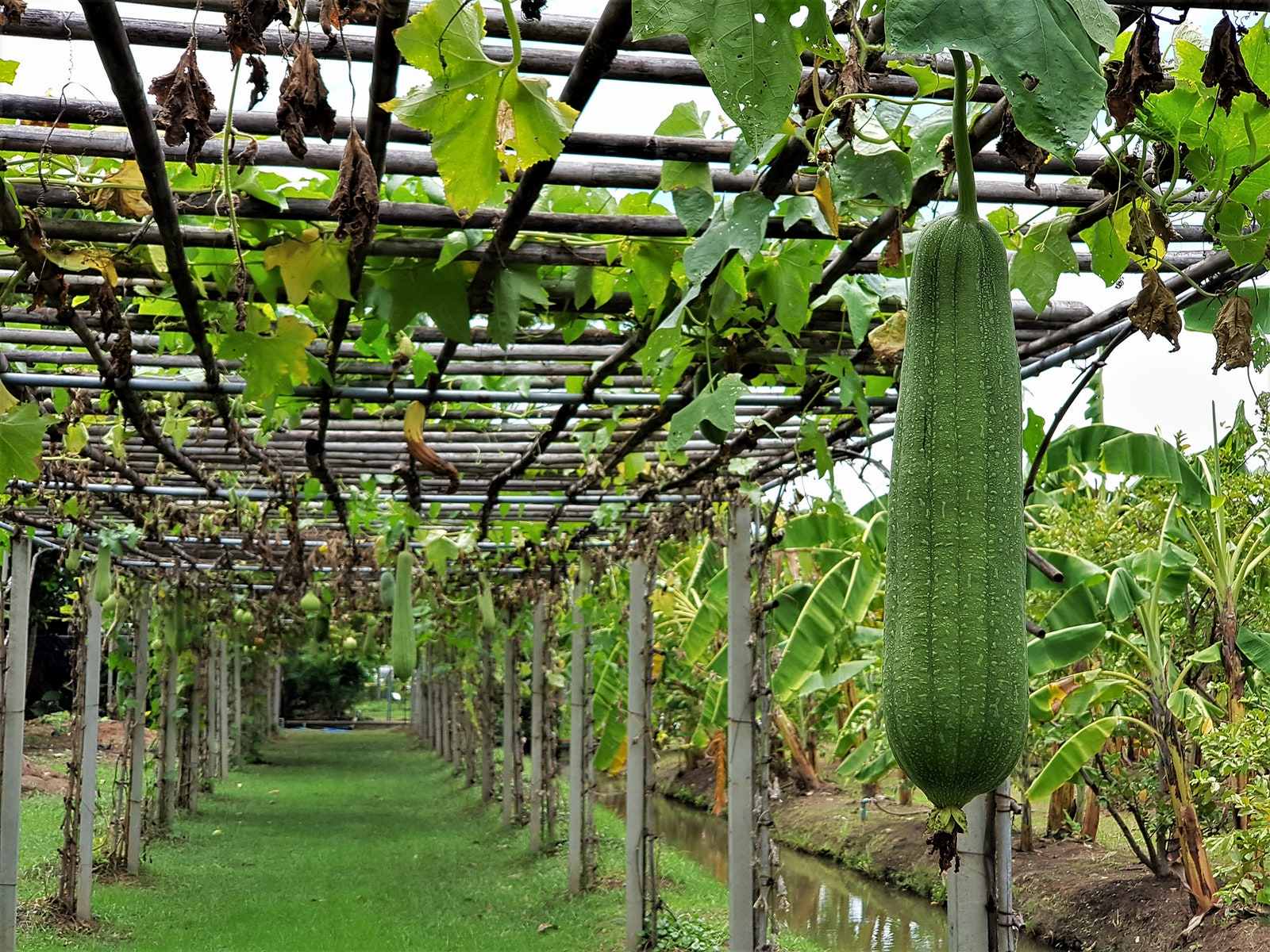
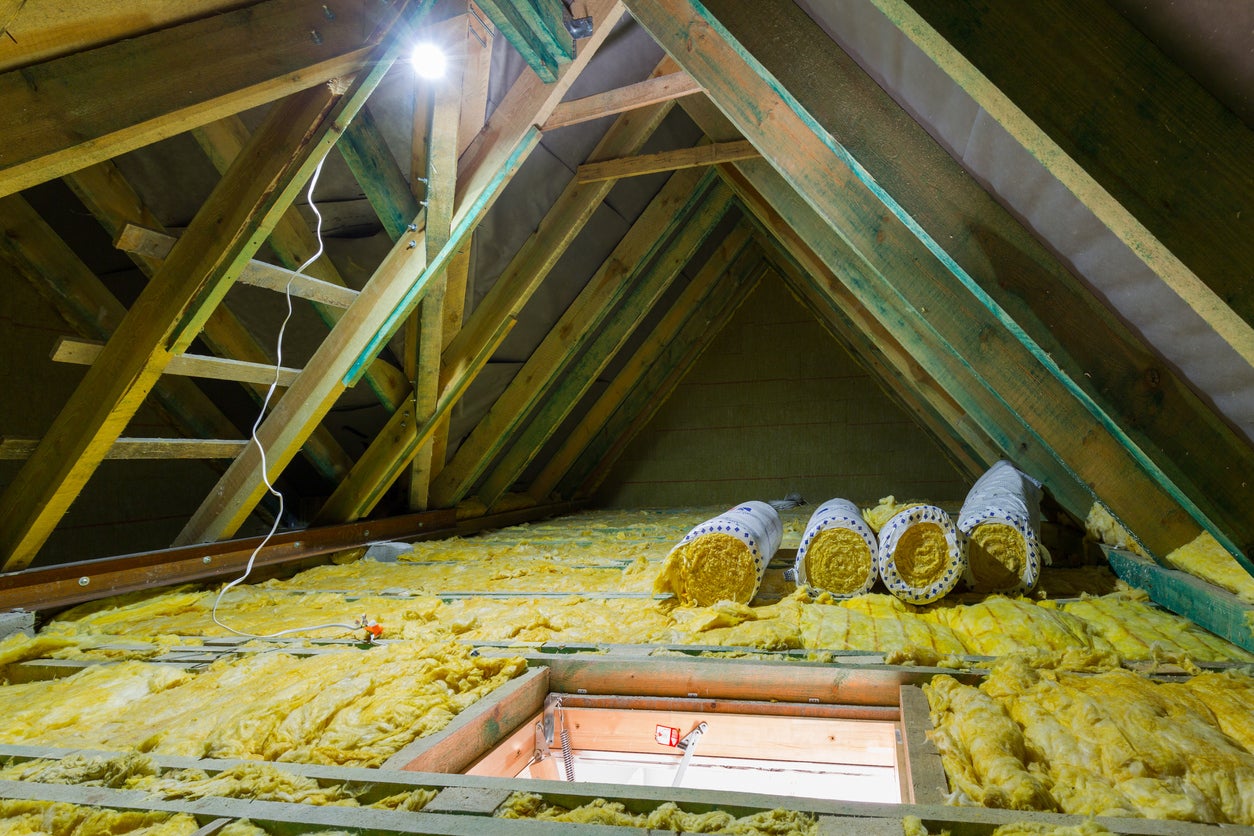
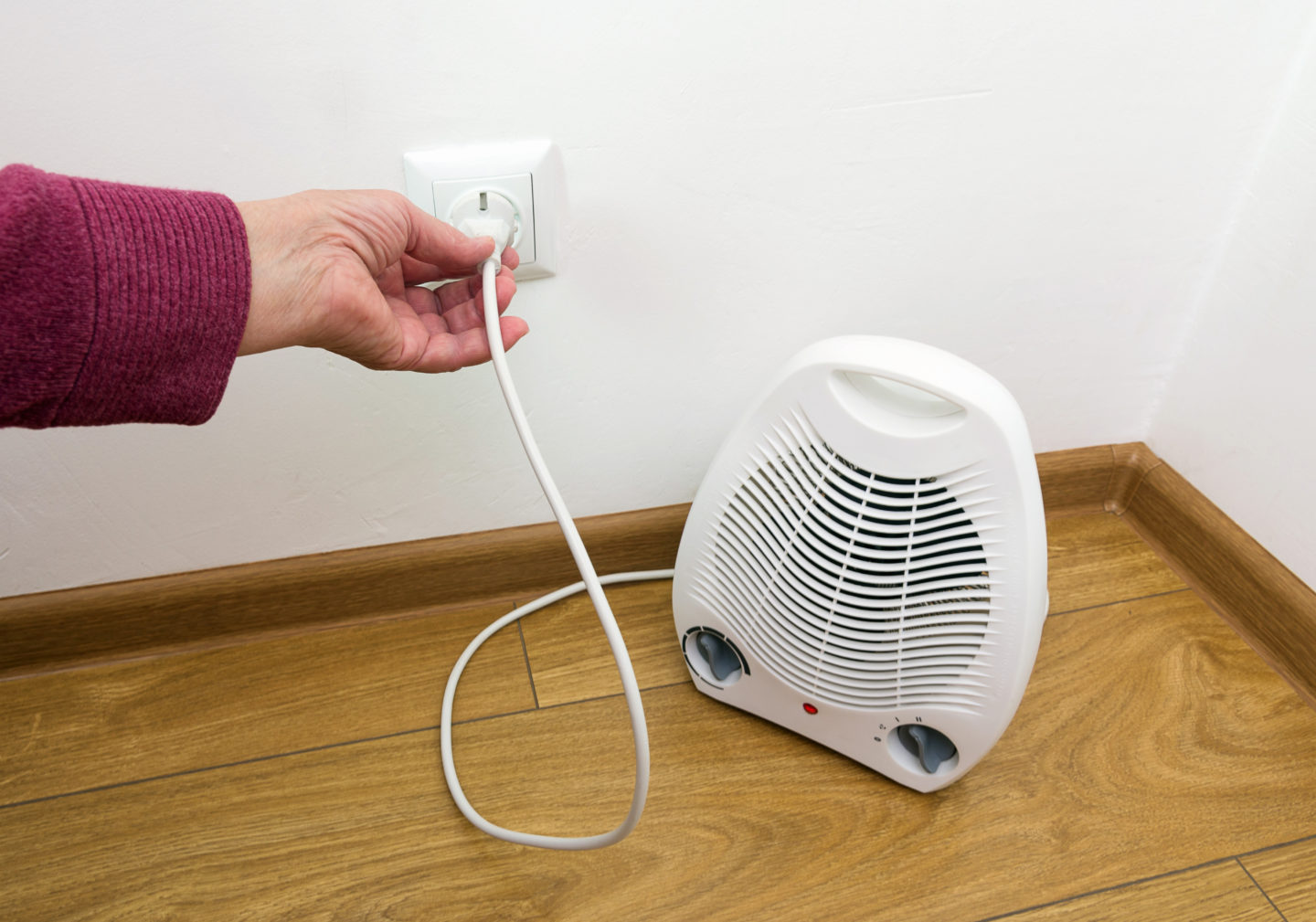
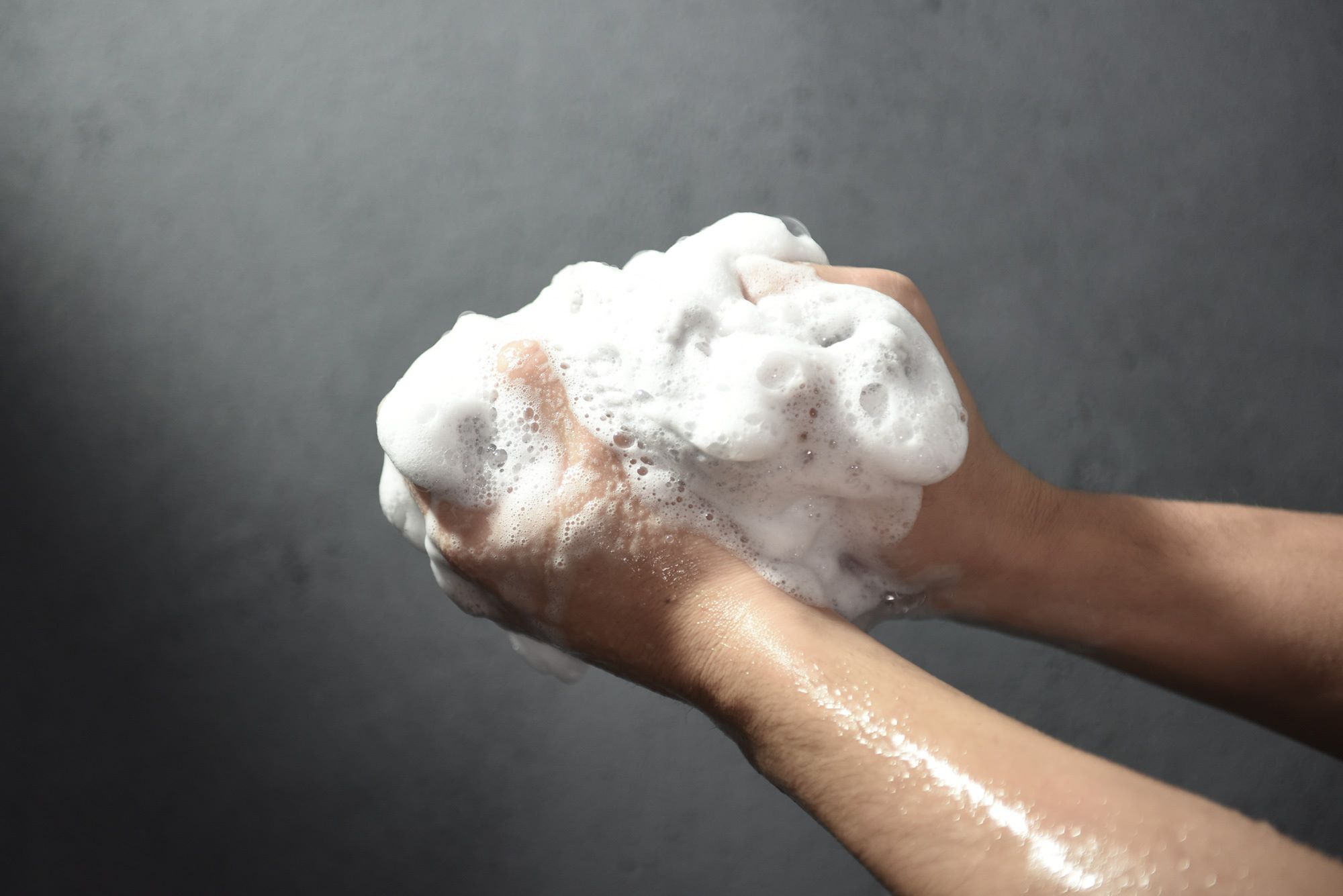
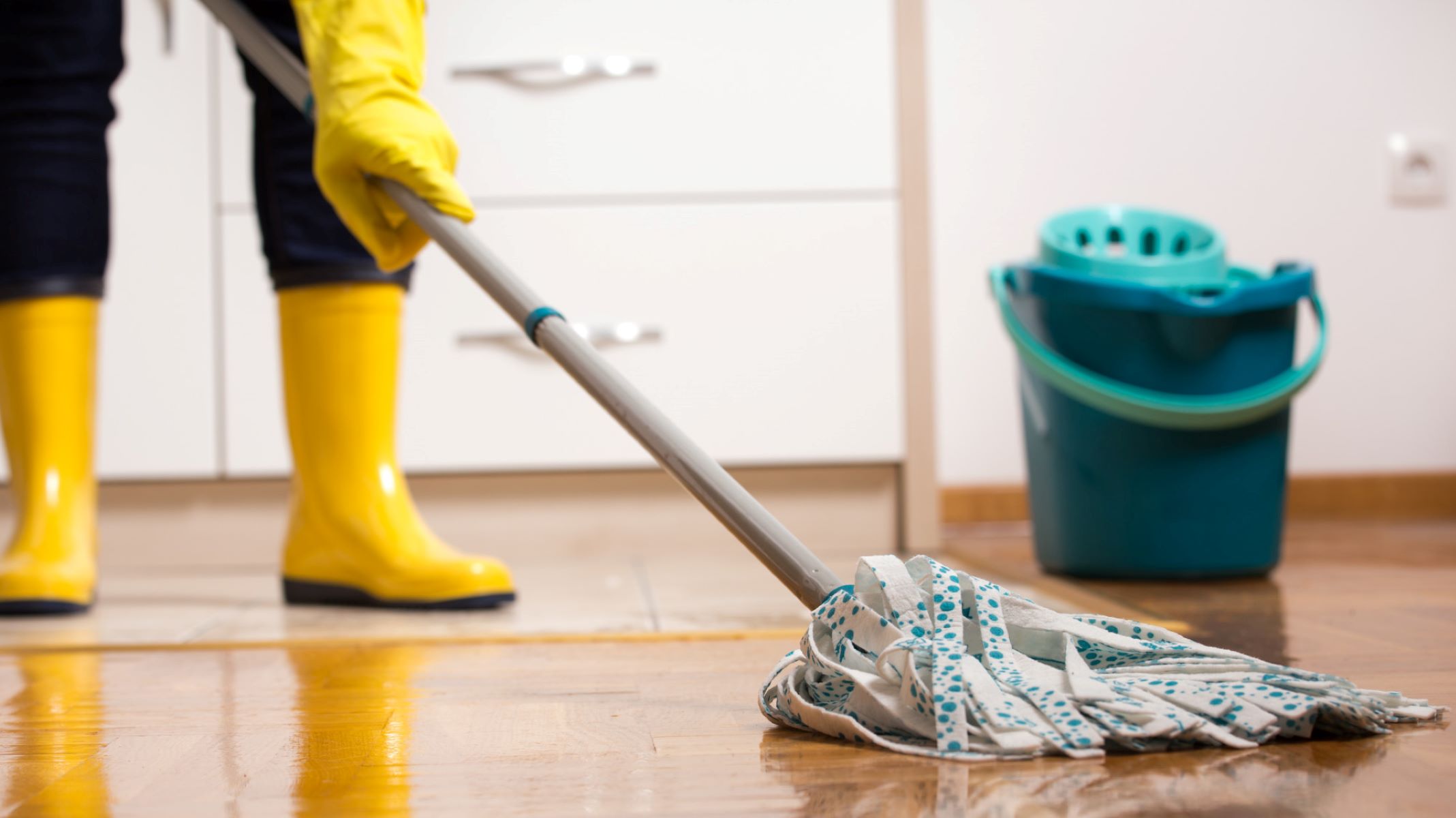
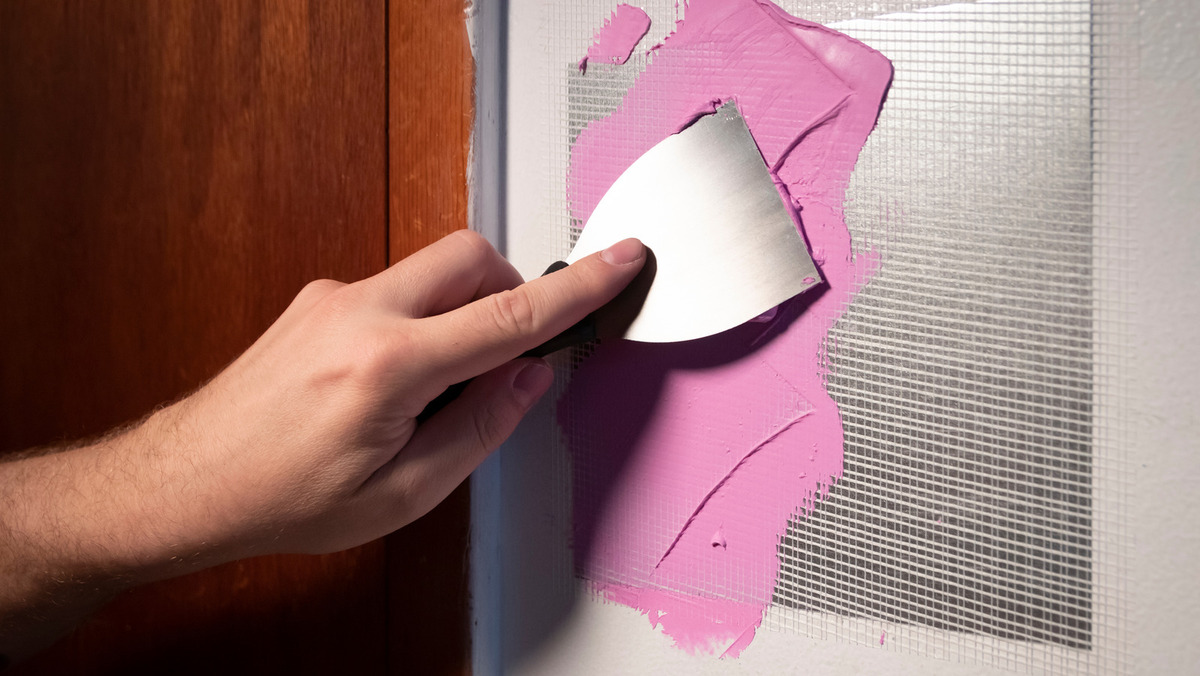
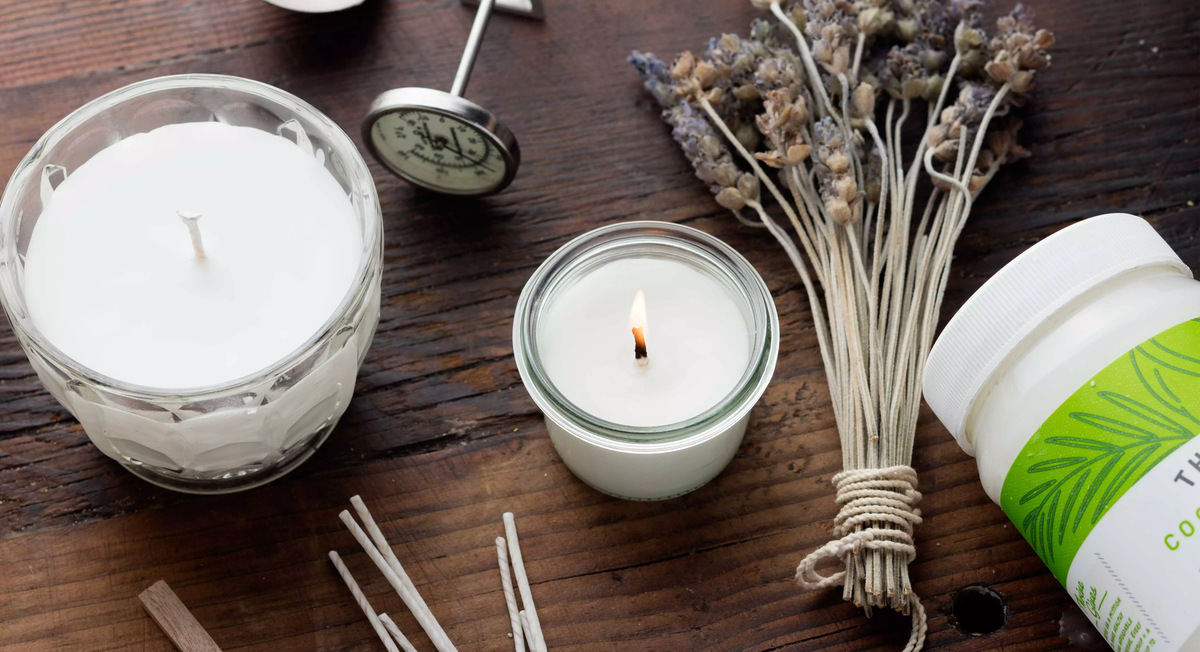

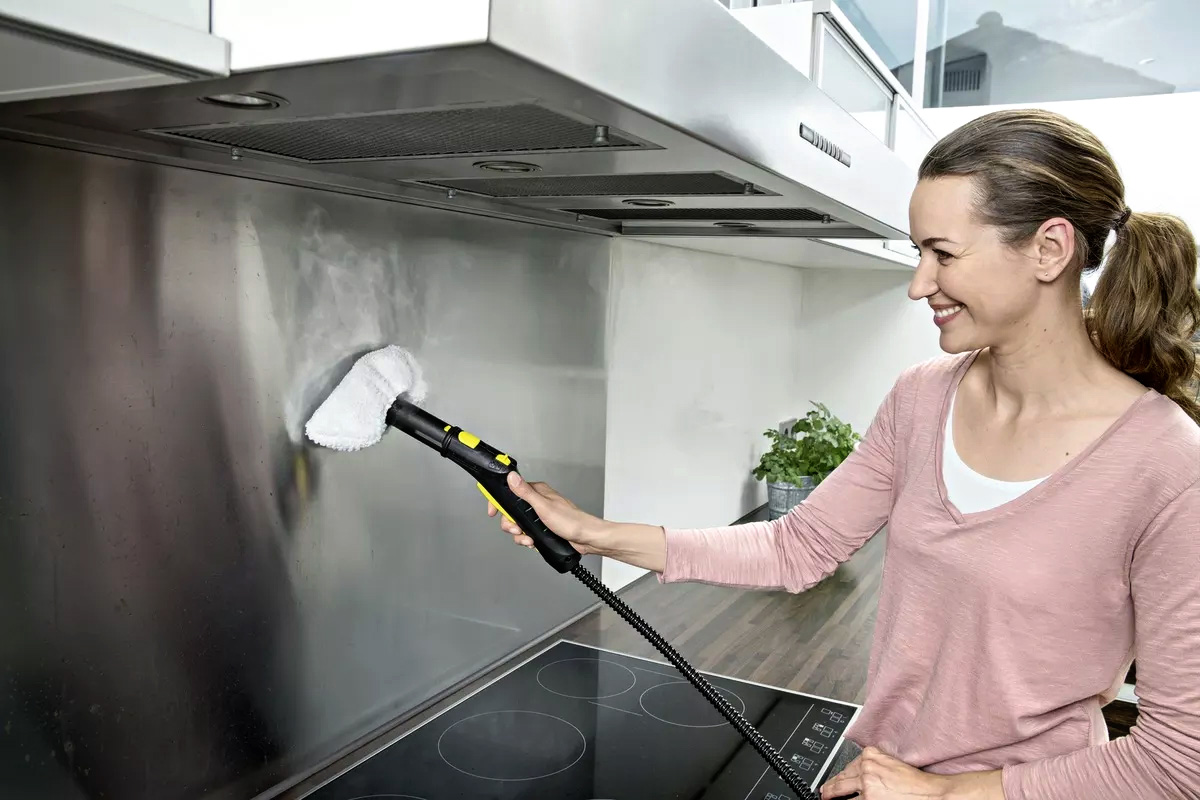

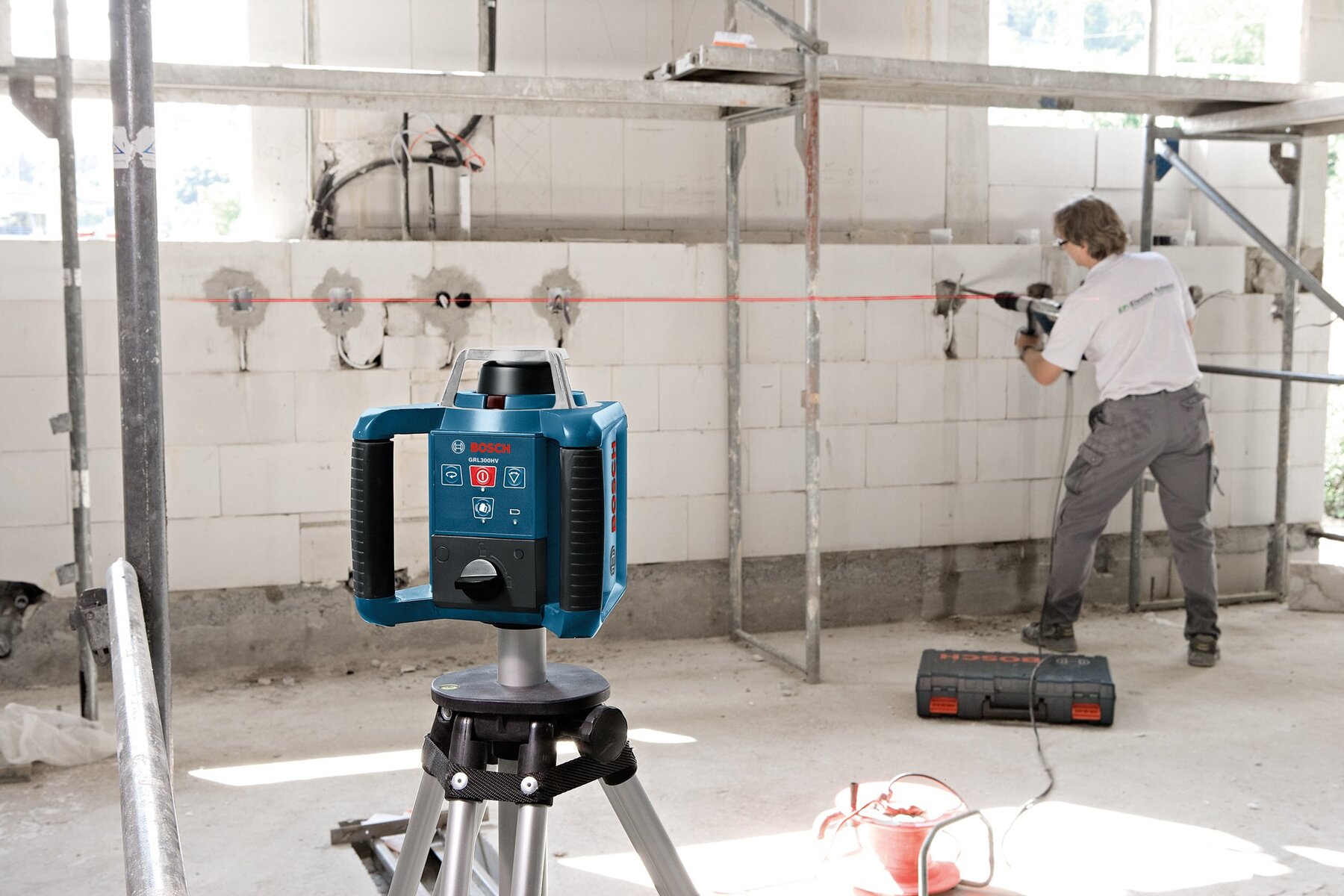
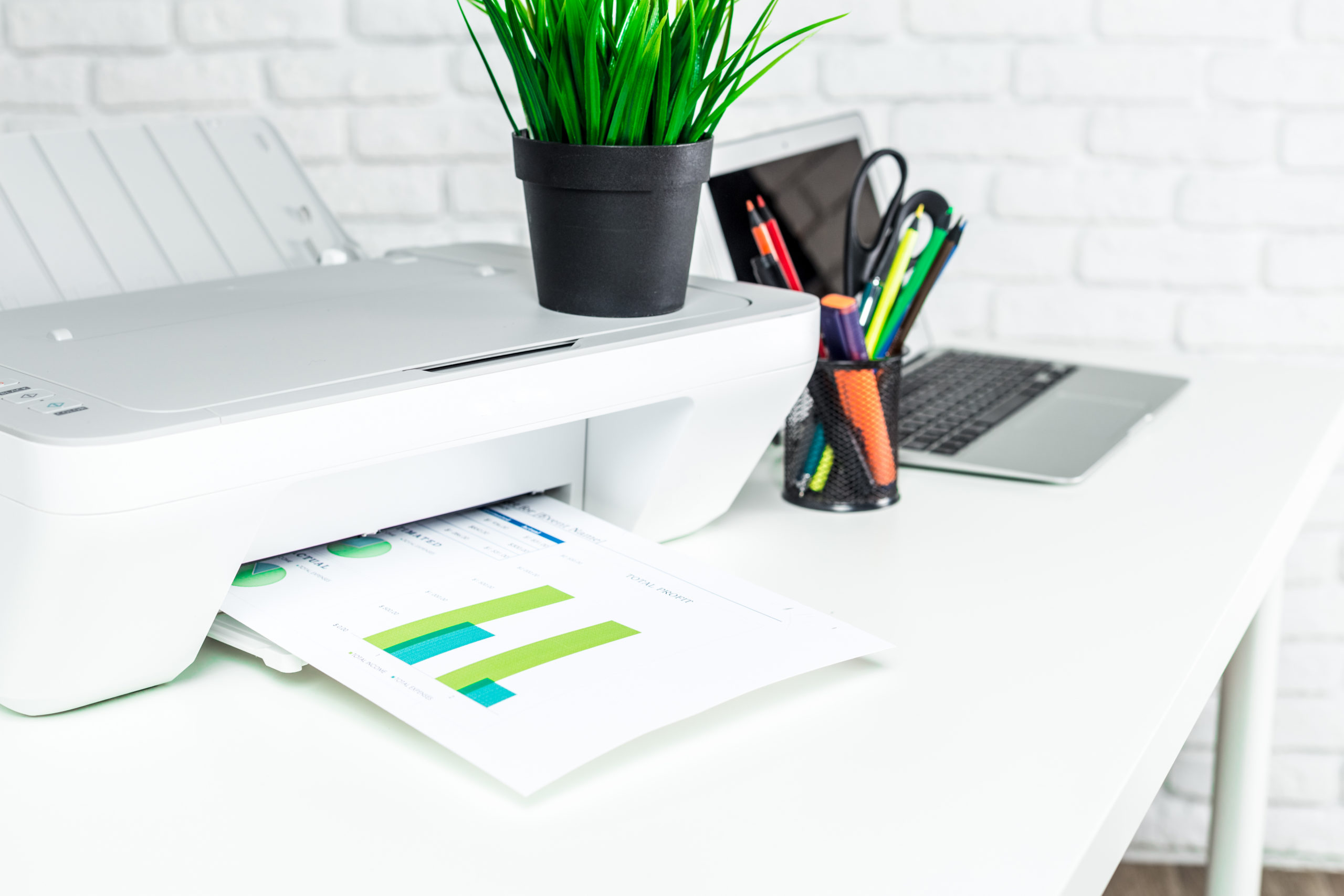
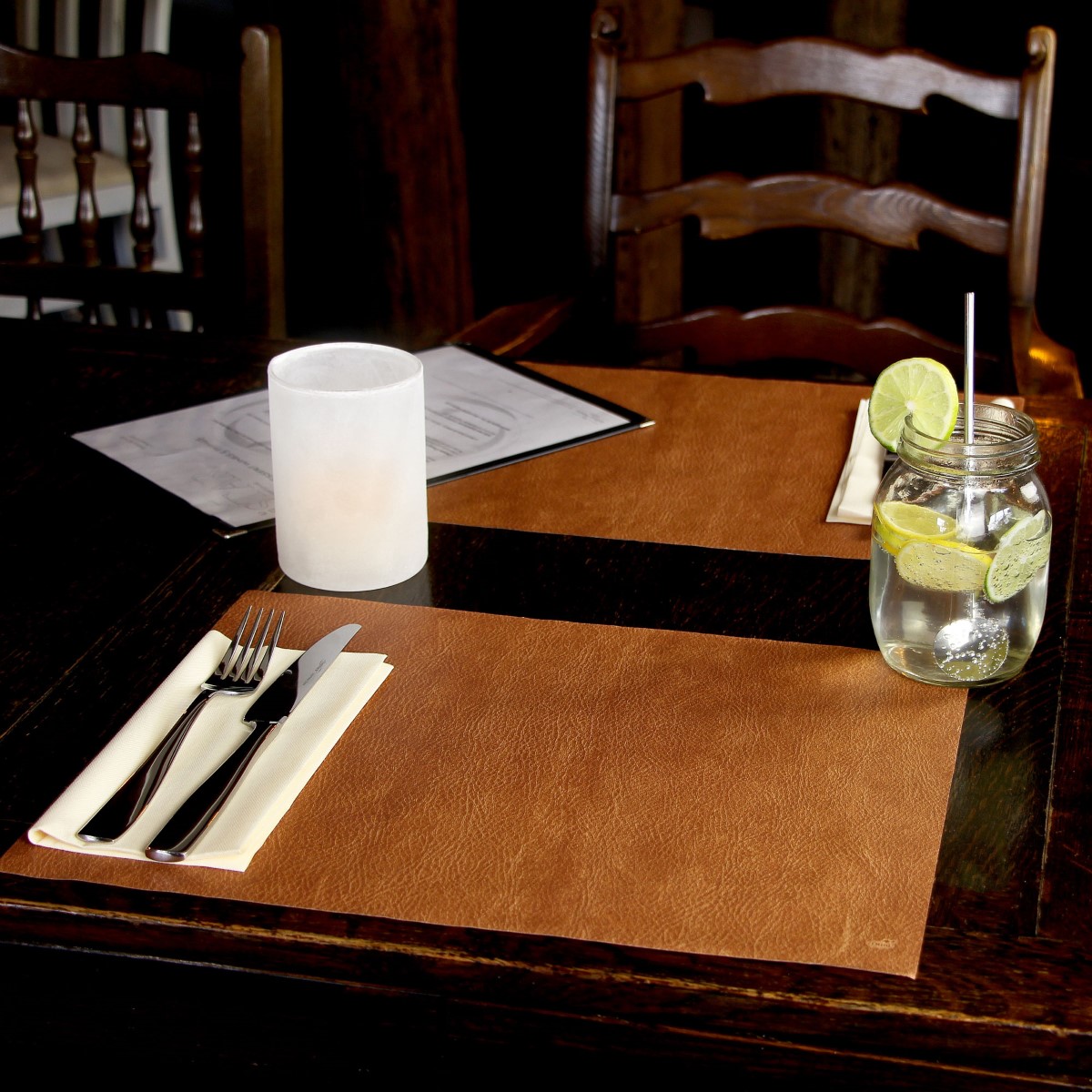
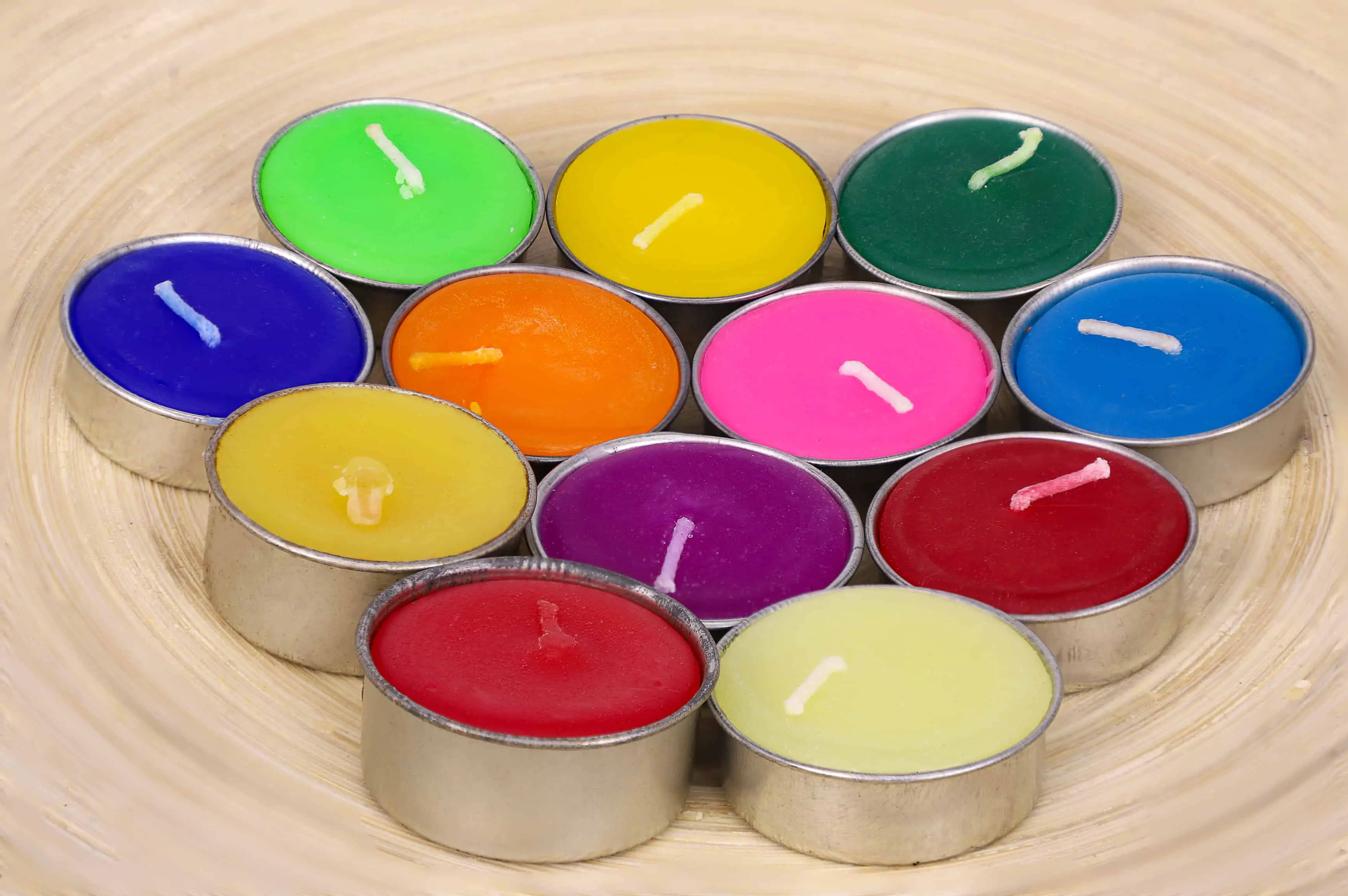


0 thoughts on “How Long Can I Use A Loofah”